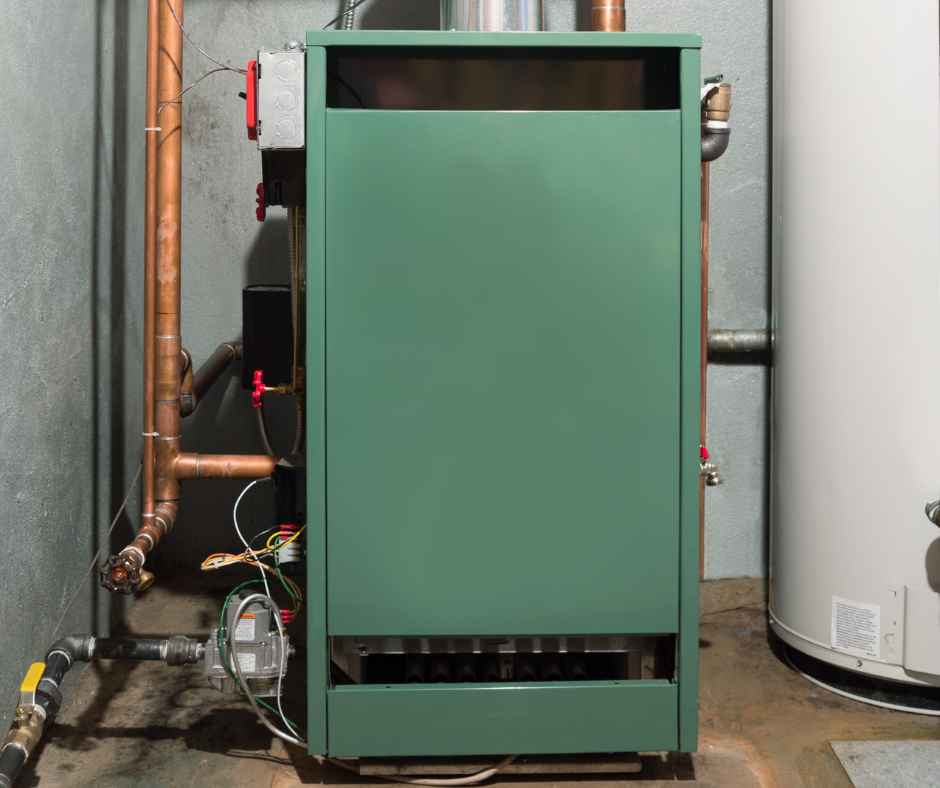Closed: Sun for God + Family time
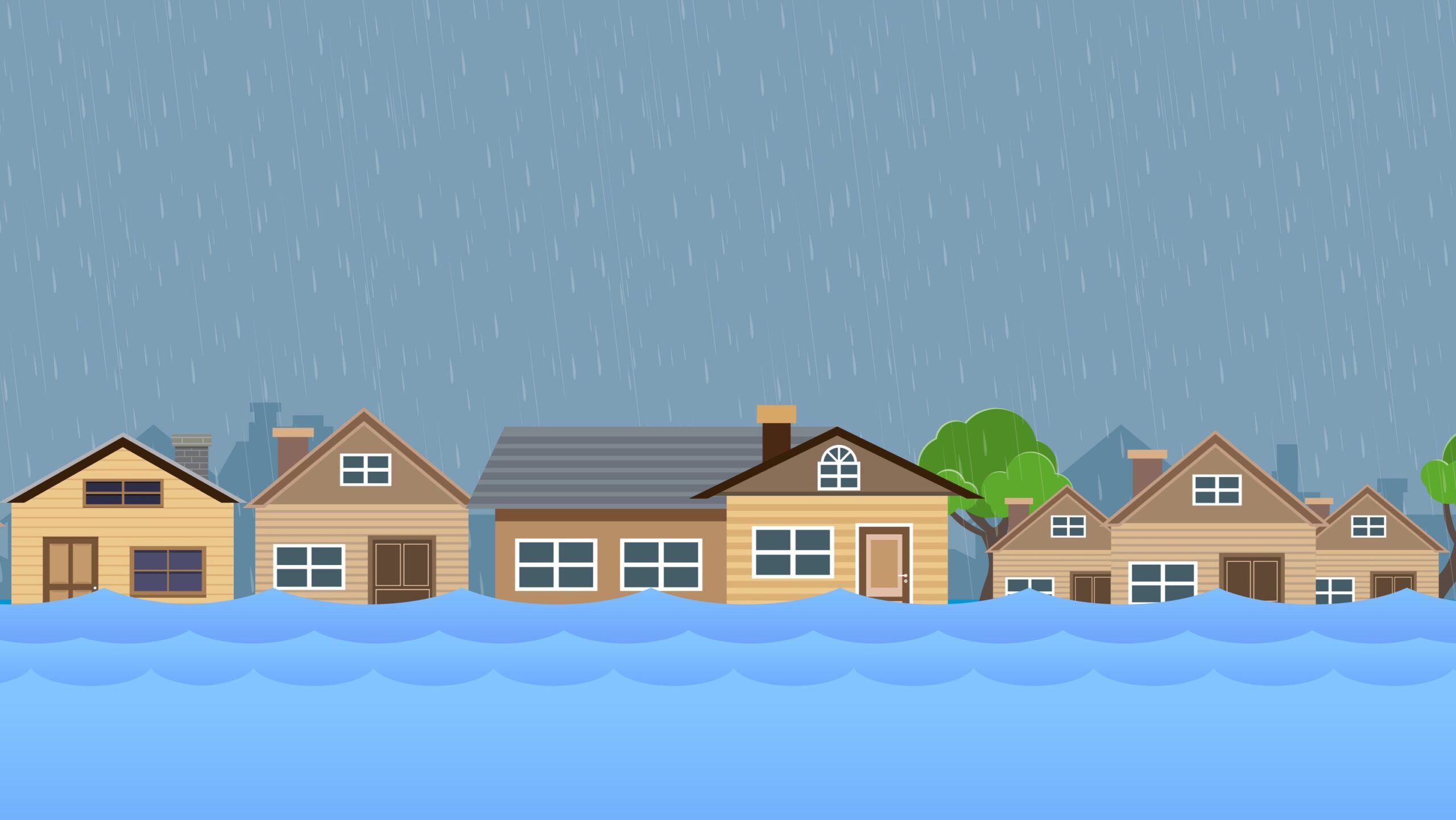
Sump Pumps: How You Can Prevent Basement Flooding
As temperatures drop and precipitation patterns shift, the risk of water infiltrating your basement increases, often due to melting snow, ice, and rainwater runoff. The consequences of basement flooding can be catastrophic, leading to costly damage to property, possessions, and even posing health risks.
However, homeowners need not be passive victims of these watery incursions. One essential defense against basement flooding is the sump pump, a device designed to keep your basement dry by efficiently managing excess water. By understanding the causes of basement flooding, the role of sump pumps, and the necessary steps to safeguard your home, you can ensure a winter season that is both enchanting and worry-free!
Understanding Basement Flooding in Winter
Causes of Basement Flooding in Winter
Winter presents unique challenges when it comes to basement flooding. Understanding the primary causes of this seasonal hazard is crucial for homeowners.
Melting Snow and Ice: As winter transitions into spring, the gradual thawing of accumulated snow and ice can lead to a significant influx of water around your home’s foundation. This water can seep into your basement through cracks or gaps in the walls or floor, leading to potential flooding.
Rainwater Runoff: Winter storms often bring heavy rain, and the frozen ground can make it challenging for the soil to absorb this precipitation. Consequently, rainwater may accumulate around the foundation of your home and find its way into your basement.
The Damage Caused by Basement Flooding
The consequences of basement flooding in winter can be severe, extending well beyond a mere inconvenience. Understanding the potential damage is essential for homeowners to appreciate the importance of winter preparedness.
Structural Damage: Prolonged exposure to moisture can weaken the structural integrity of your home’s foundation. Cracks can form or worsen, leading to more substantial repair costs.
Mold and Mildew Growth: Moist conditions in your basement create an ideal environment for mold and mildew to thrive. This can pose health risks to your family and lead to expensive remediation efforts.
Damage to Belongings: Basements often house valuable possessions or serve as a living space. Flooding can damage furniture, appliances, electronics, and sentimental items.
The Cost of Repairs and Insurance Considerations
Repairing the aftermath of basement flooding can be financially burdensome. It’s essential to consider the following:
Repair Costs: Structural repairs, mold remediation, and replacing damaged items can add up quickly. Having a plan to mitigate these costs is prudent.
Homeowners Insurance: Review your homeowners insurance policy to understand the extent of coverage it provides for basement flooding. Many standard policies may require additional flood insurance to cover such incidents.
Claim Process: Familiarize yourself with the steps involved in making an insurance claim for basement flooding, should it become necessary. Quick and informed action can facilitate a smoother process.
Understanding the causes and potential consequences of basement flooding in winter underscores the urgency of proactive measures to protect your home.
The Role of Sump Pumps
What is a Sump Pump?
Sump pumps are your home’s first line of defense against basement flooding. These mechanical devices are typically installed in a specially constructed pit in your basement, known as the sump pit. Their primary function is to remove excess water from the pit, preventing it from seeping into your living space. Here’s a closer look at what sump pumps are and how they operate:
How Sump Pumps Work
Sump pumps work on a simple yet effective principle. When water enters the sump pit, a float switch or a sensor activates the pump. The pump’s impeller, a rotating blade, then forces the water out of the pit and away from your home through a discharge pipe. This process keeps the water level in the pit low and maintains a dry basement.
Types of Sump Pumps
There are two primary types of sump pumps, each with its unique features and advantages:
Submersible Sump Pumps: These pumps are installed within the sump pit itself. They are typically quieter and more discreet, making them an excellent choice if your basement serves as a living space.
Pedestal Sump Pumps: Pedestal sump pumps are placed above the sump pit. While they can be noisier, they are easier to access for maintenance and tend to have a longer lifespan.
Sump Pump Capacity and Features
When choosing a sump pump, it’s essential to consider your specific needs and the conditions of your basement. Factors to keep in mind include:
Pump Capacity: Ensure that your sump pump can handle the volume of water typically encountered during heavy rainfall or snowmelt. Larger horsepower pumps can handle more significant water flow.
Battery Backup: Sump pumps equipped with battery backup systems are essential, especially in winter when power outages are more common. This feature ensures that the pump continues to operate even if the electricity fails.
Durability: Choose a sump pump with a durable construction, as it will need to withstand the challenging conditions of the sump pit.
Regular Maintenance: Sump pumps require periodic maintenance to ensure they function correctly. This includes cleaning the pit, checking for debris or blockages, and verifying that the float switch operates smoothly.
Sump pumps are a homeowner’s best defense against basement flooding in winter. They work tirelessly behind the scenes, safeguarding your property and peace of mind.
Winter Preparedness Checklist
As the winter season approaches, homeowners must undertake a comprehensive winter preparedness checklist to safeguard their homes against the risks of basement flooding.
Maintenance and Inspection of Sump Pumps
Testing the Pump: Before winter arrives, perform a test run of your sump pump. Pour water into the sump pit to ensure that the pump activates correctly and pumps water out efficiently.
Cleaning the Sump Pit: Regularly remove any debris, mud, or sediments from the sump pit. This prevents clogs and ensures optimal pump performance.
Checking for Blockages: Inspect the discharge pipe to make sure it’s free from obstructions. Ensure that it directs water away from your home’s foundation.
Backup Power Sources
Battery Backup Systems: Install a battery backup system for your sump pump. This is vital in case of power outages during winter storms, ensuring that the pump continues to function.
Generator Options: Consider a standby generator that can power not only your sump pump but also other essential household systems during extended power outages. This added reliability is especially critical during the winter months.
Proper Drainage and Landscaping
Downspout Extensions: Ensure that your downspouts direct water away from your home’s foundation. Consider installing extensions to carry water further from your property, preventing excess moisture near the basement walls.
Grading the Landscape Away from the Foundation: The ground around your home should slope away from the foundation. Proper grading helps prevent water from pooling near the basement walls and infiltrating the interior.
Monitoring Systems and Alarms
Wi-Fi-Connected Sump Pump Monitors: Invest in a monitoring system that connects to your sump pump and sends alerts to your smartphone. This technology allows you to stay informed about your sump pump’s status, even when you’re not at home.
High Water Level Alarms: Install high water level alarms in the sump pit to notify you if water reaches a critical level. These alarms provide an early warning system and can prompt immediate action in the event of a sump pump failure.
Taking these proactive steps ensures that your sump pump is in peak condition to handle the demands of winter. Maintaining your sump pump, implementing backup power solutions, and managing drainage effectively are essential components of a robust winter preparedness plan.
Winterizing Your Basement
Winterizing your basement is an essential step to complement the functionality of your sump pump and protect your home during the colder months. Here are some key considerations for winterizing your basement:
Insulation and Sealing
Check for Gaps and Cracks: Inspect the basement walls and foundation for any gaps or cracks. Seal these areas with appropriate materials to prevent cold air and moisture from entering.
Insulate Pipes: Ensure that exposed pipes in your basement are adequately insulated to prevent freezing. Frozen pipes can burst, causing significant water damage.
Frozen Pipe Prevention
Maintain Adequate Heating: Keep the basement at a temperature above freezing, especially if it serves as a living space or if you have plumbing in the area.
Open Cabinet Doors: If you have plumbing near exterior walls, leave cabinet doors open to allow warm air to circulate the pipes.
Ensuring Proper Ventilation
Use Dehumidifiers: In winter, indoor air tends to be dry due to heating systems. Use a dehumidifier to maintain appropriate humidity levels in the basement and prevent excess moisture buildup.
Ventilation Fans: If your basement has a bathroom or kitchenette, ensure that exhaust fans are in good working condition to expel moisture and prevent condensation.
The Importance of a Dehumidifier
Mold Prevention: A dehumidifier helps maintain the ideal humidity level in your basement, which is vital in preventing mold and mildew growth, especially in the presence of sump pumps.
Comfort: Dehumidifiers also enhance the comfort of your basement, making it a more usable space during the winter months.
Emergency Action Plan
Despite all the precautions and preparations, unexpected events can occur. Therefore, it’s essential to have a well-thought-out emergency action plan in place to respond effectively to sump pump failures or sudden basement flooding during the winter. Here are the key components of such a plan:
What to Do in Case of a Sump Pump Failure
Stay Calm: Panic can make the situation worse. Take a deep breath and stay composed.
Check for Power: If the sump pump is not working, first ensure that there is power in the house. Sometimes, circuit breakers can trip during storms or power fluctuations.
Inspect the Pump: If the power is on, but the pump is not functioning, inspect the pump for any visible issues like clogs or obstructions. If it’s safe to do so, try to troubleshoot the problem.
Contact a Professional: If you cannot resolve the issue or if you’re unsure about what to do, it’s best to contact a professional plumber or sump pump specialist immediately.
Steps to Take During a Basement Flooding Emergency
Safety First: If your basement is flooding, prioritize the safety of your family. Ensure everyone is out of harm’s way and avoid entering the flooded area.
Turn Off Electricity: If it’s safe to do so and you can reach the electrical panel without entering the flooded area, turn off the electricity to prevent electrical hazards.
Contact Emergency Services: If the flooding is severe and poses a significant risk, call emergency services for assistance. They can provide guidance and support during the crisis.
Document the Damage: While you wait for help to arrive, document the damage by taking photographs or videos. This will be valuable when filing an insurance claim.
Contacting Professionals for Assistance
Plumber: A professional plumber can help repair or replace the sump pump and address any plumbing issues contributing to the flooding.
Water Damage Restoration: After the flooding has subsided, consider hiring a water damage restoration specialist to assess the extent of damage, remove water, and prevent mold growth.
Insurance Claims: Contact your insurance provider to start the claims process promptly. Provide them with all the necessary documentation and information about the incident.
Having a well-defined emergency action plan ensures that you can respond swiftly and effectively in the event of sump pump failure or basement flooding during the winter. It helps minimize damage, protect your family, and expedite the recovery process. Remember that preparation and timely action are your best allies in handling unexpected emergencies.
—
Winter preparedness for homeowners goes beyond keeping your home cozy; it’s about safeguarding your property, possessions, and peace of mind against the relentless threats of basement flooding during the cold months. Sump pumps, as we’ve explored in this guide, are your stalwart defenders, tirelessly managing excess water and preventing the disastrous consequences of flooding.
As winter approaches, take the time to assess your home’s readiness for the season. Conduct the necessary maintenance, make the required upgrades, and develop your emergency action plan. By doing so, you not only protect your property but also provide a warm and safe environment for your family during the chilly winter months.
Remember, with the right precautions and preparedness, your home can stand strong against the challenges of winter, making it a haven of warmth and security in the season’s cold and wet elements.
Recent News
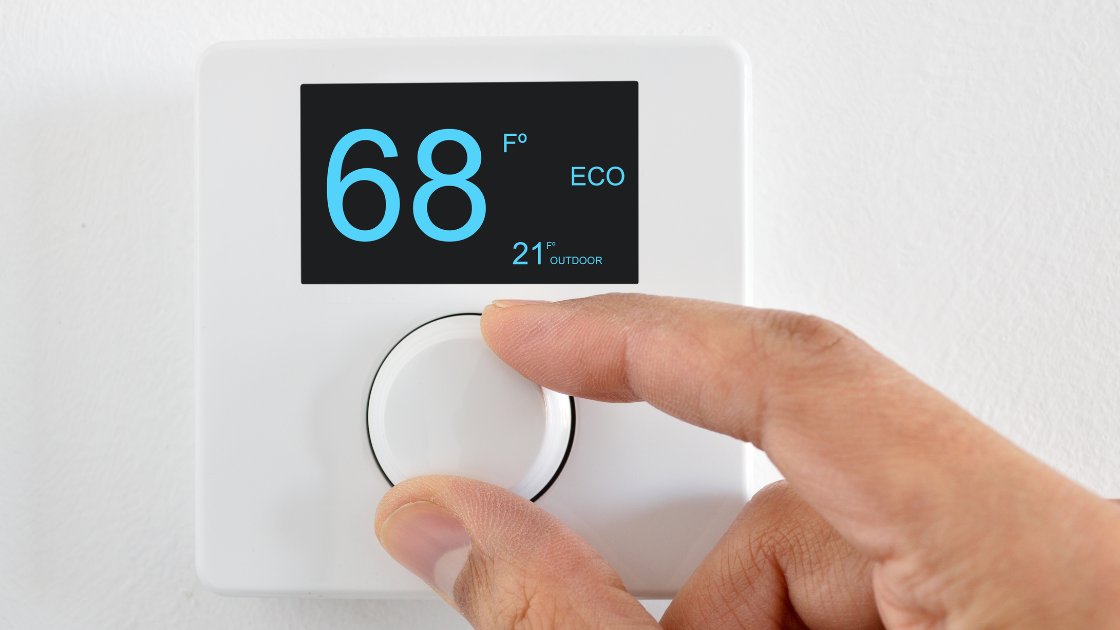
Help! My Heater Won’t Turn Off
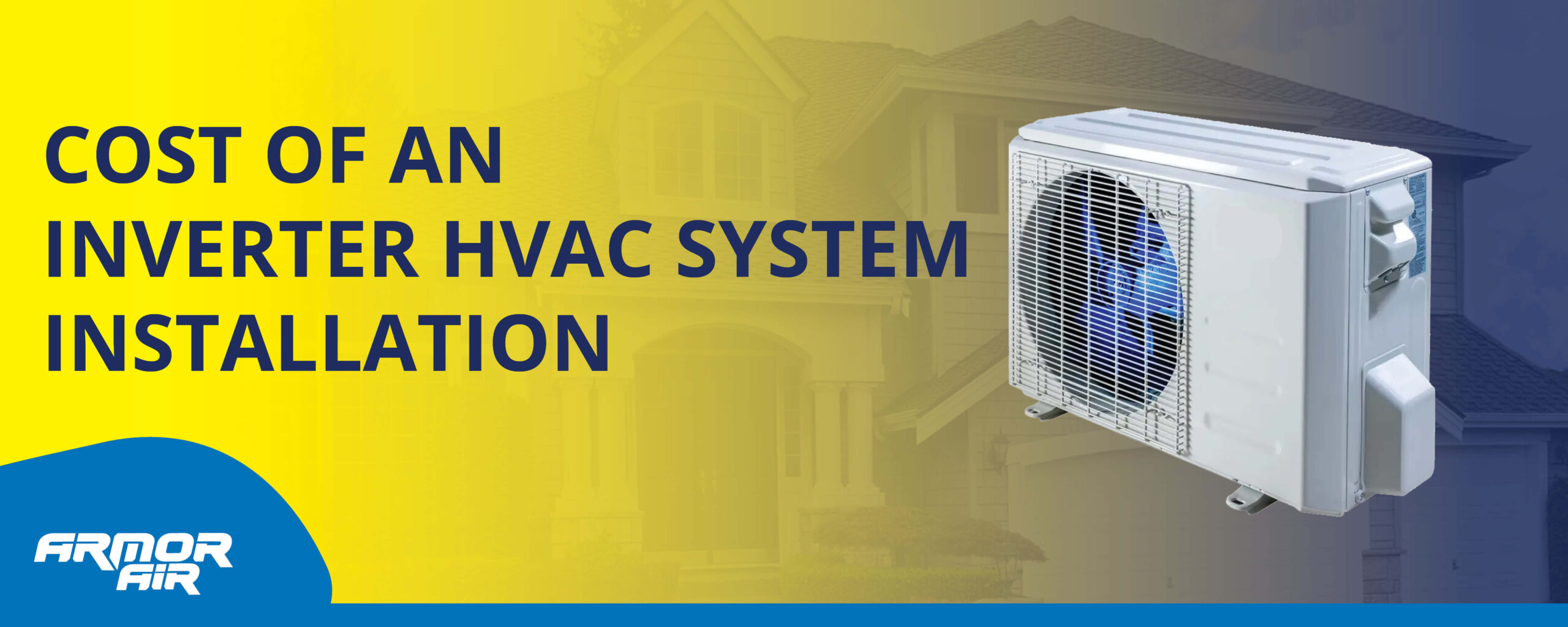
How Much Does an Inverter HVAC System Installation Cost (2025)
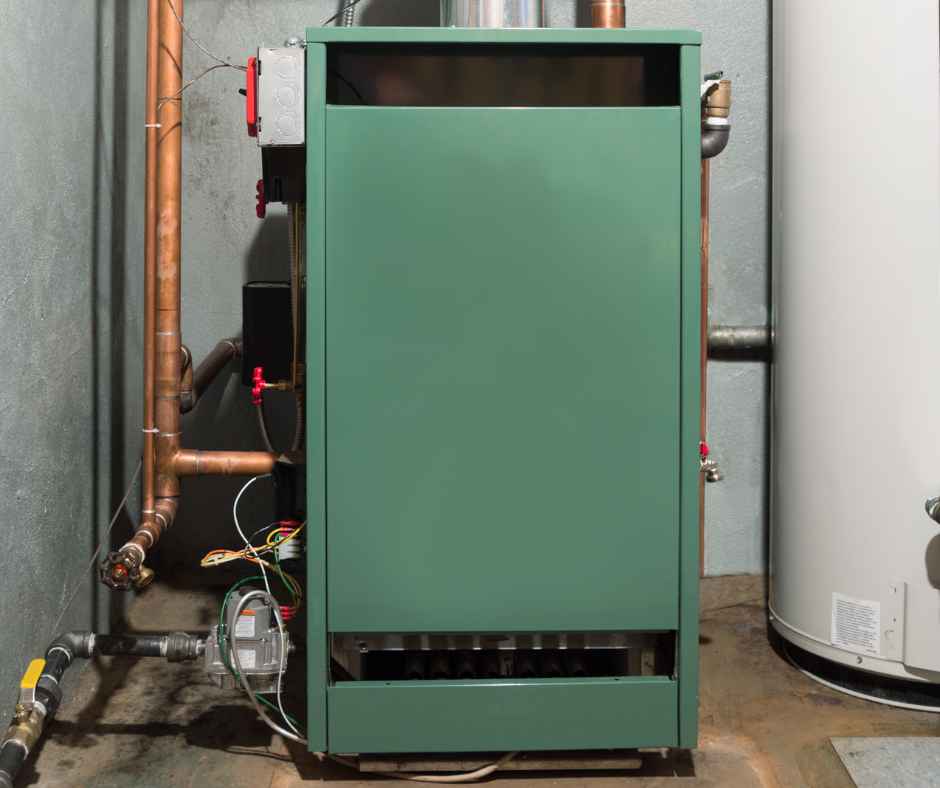
Why Does My Furnace Smell Like It’s Burning?
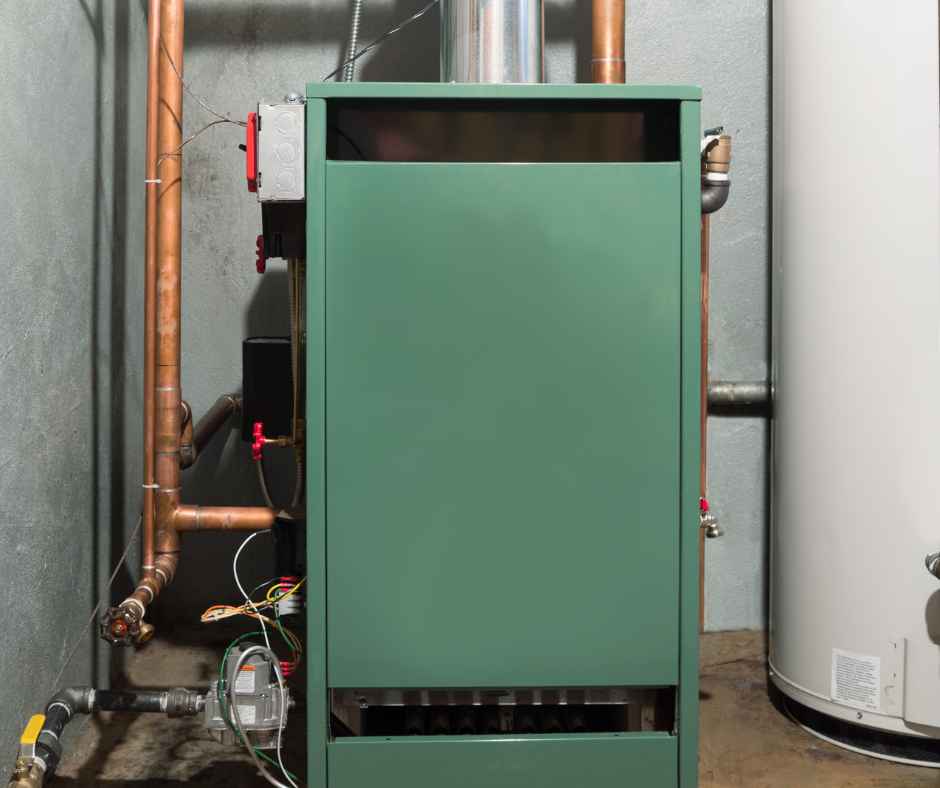
Why Won’t My Heat Turn On?
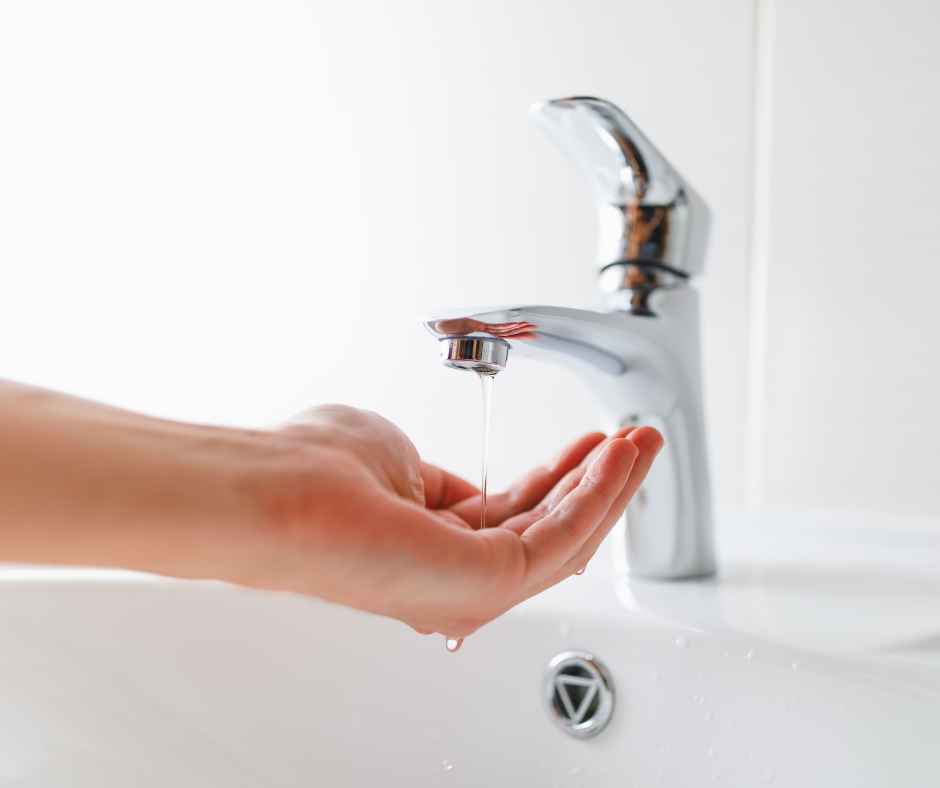
Why is the Water Pressure Low in My House?

Why a Tankless Water Heater Might Be the Best Investment for Your Indianapolis Home?
